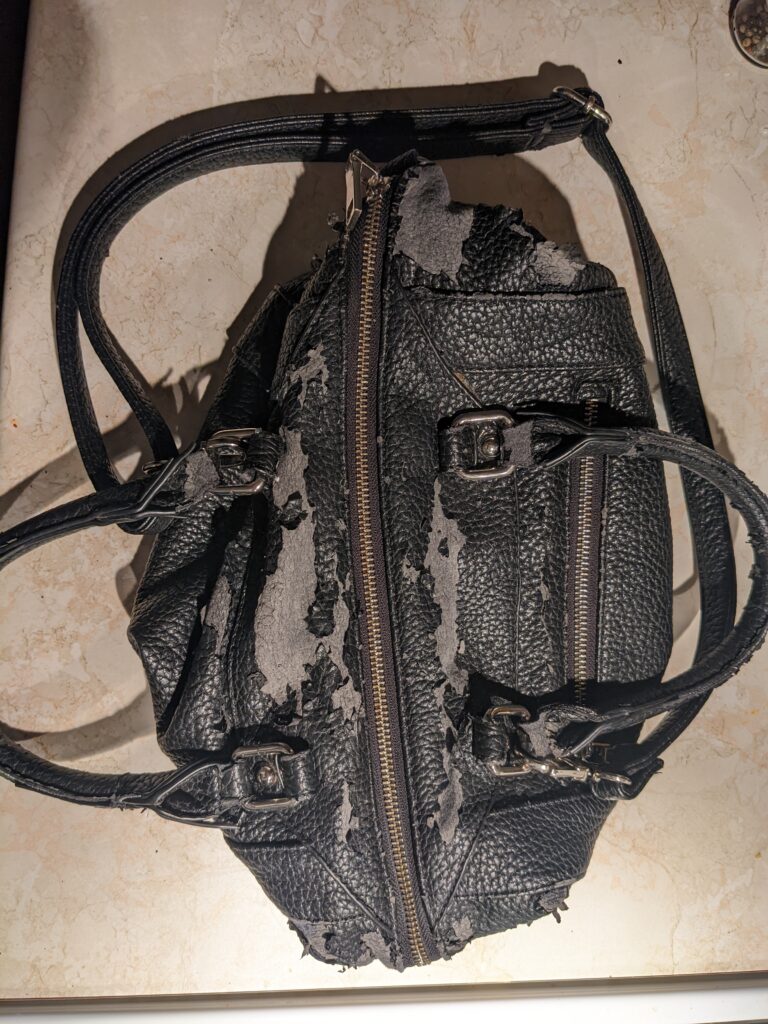Last week I had a minor fender bender. Importantly, nobody was hurt. As the other car owner wisely said, it’s just metal and we can fix that.
I haven’t been in any kind of a car accident since the 1990’s. At that time, I wasn’t driving the car, but it was my car. I don’t recall the claims process. However, I’m sure it involved a lot of phone calls and forms (filled out in quadruplicate), and trips to the autobody shop. This time around, the experience has been completely different.
The process started with me calling the insurance company. After that, I moved to my phone to finish the claim. It was easy to downloading the app. Continuing the claim was quick. I was impressed!
I opened the app. Immediately, I saw a prompt for the claim. The instructions were clear and easy to follow. First, I submitted nine sets of photos. Each set had written instructions. It also included a diagram to illustrate exactly what to photograph and how (e.g., up close, wide lens, etc.). Despite the circumstances, I found myself oddly optimistic about this streamlined and seemingly efficient process. It was one of the first times I can remember going through a process designed around using a smartphone.
Then it didn’t live up to expectations. Around the same time I was uploading the photos, the recommended autobody shop called to follow up. Apparently, they had received the claim, but no photos! I called them to explain I had just uploaded the photos. They told me to wait a couple of business days before checking in again.
I called over 2 business days later and they still haven’t received my photos. At this point, I had to call the insurance company again to try and sort out where the photos went, my hopes and dreams for a streamlined, easy, and efficient process crushed, like my bumper. 🙁
I’m still waiting to see if the photos I uploaded make it to the autobody shop. Otherwise I’ll have to revert back to the old process and go in person for an estimate. That would be a shame.

